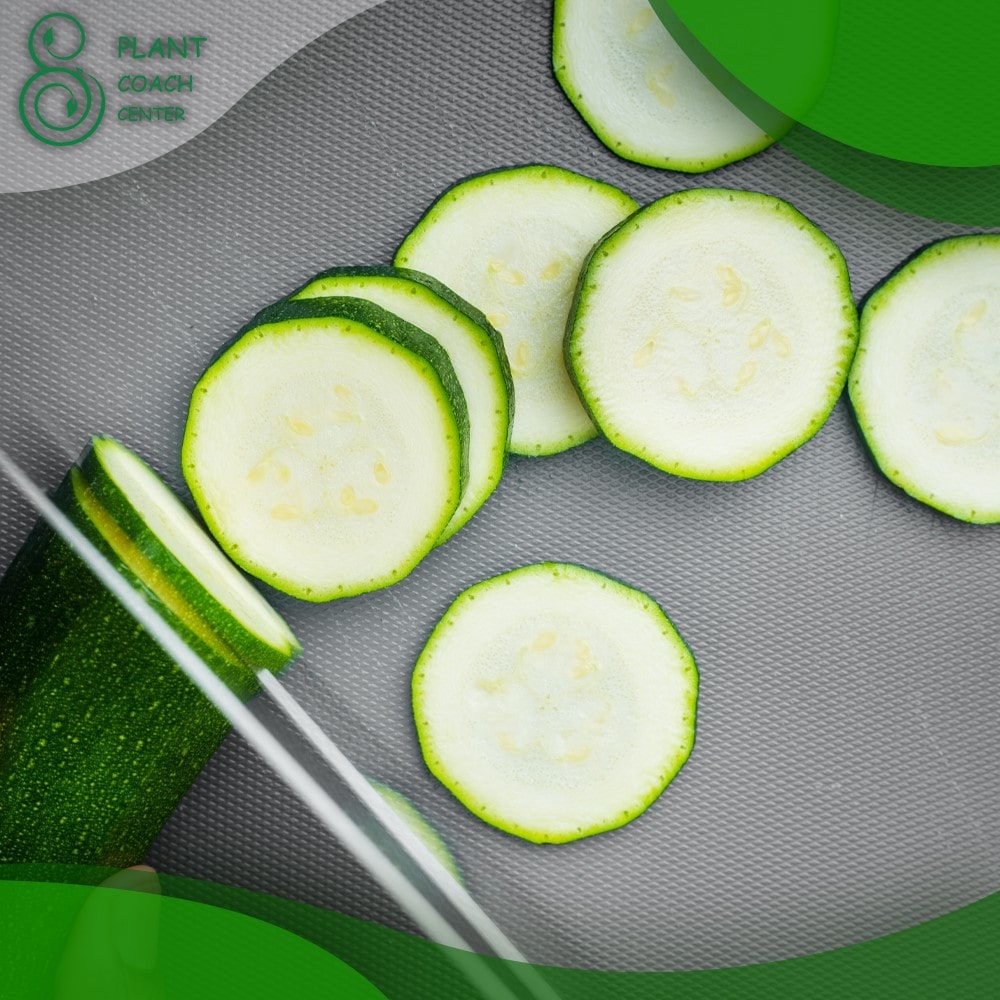When to Plant Cucumbers
Introduction
Welcome to the world of cucumber cultivation. In this comprehensive guide, we will explore the art of planting cucumbers and provide valuable plant coaching tips to ensure a successful harvest. Additionally, we will address common cucumber plant problems and their solutions. For further resources and support, visit PlantCoachCenter.com.
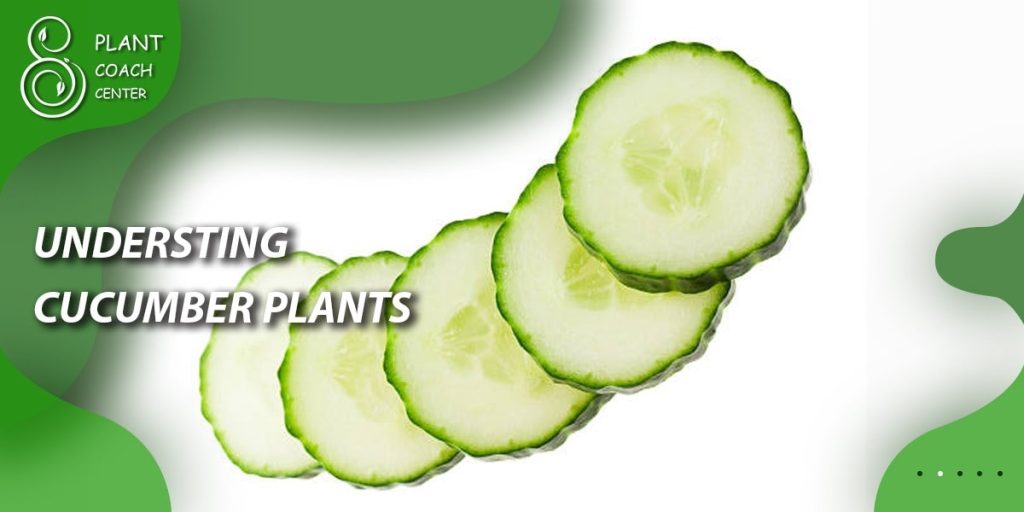
Understanding Cucumber Plants
Cucumbers, known for their refreshing flavor and versatility, are popular additions to many gardens. Understanding the characteristics and growth habits of cucumber plants is essential for successful cultivation. Here’s what you need to know:
– Cucumber varieties: Cucumbers come in various types such as slicing cucumbers, pickling cucumbers, and specialty varieties. Each has specific requirements and qualities that affect planting decisions.
– Life cycle of a cucumber plant: From seed to harvest, cucumbers go through different stages. Understanding these stages helps in timing your planting and providing appropriate care throughout the growing process.
Plant Coaching for Cucumber Cultivation
Plant coaching plays a crucial role in maximizing cucumber yield and quality. With the right guidance, you can achieve optimal results in your cucumber garden. Consider the following plant coaching tips:
– Selecting the right cucumber variety: Different cucumber varieties thrive in different conditions. Assess your growing environment and choose the variety that suits it best to ensure healthy growth.
– Evaluating and preparing your garden: Before planting cucumbers, assess your garden’s soil quality, sunlight exposure, and drainage. Make any necessary amendments and prepare the soil to provide an ideal environment for cucumber plants.
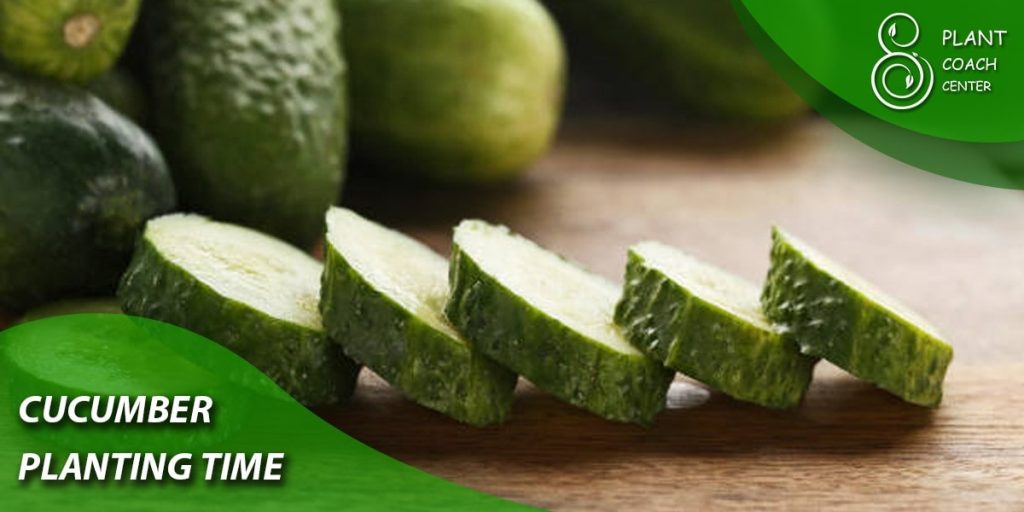
Factors Influencing Cucumber Planting Time
Timing is everything when it comes to planting cucumbers. Several factors influence the ideal planting time. Consider the following:
– Climate considerations: Cucumbers prefer warm weather. Understanding your local climate and its impact on cucumber growth helps determine the best time to plant.
– Last spring frost date: Cucumbers are sensitive to frost. Knowing the average date of the last spring frost in your area is crucial for successful planting.
– Soil temperature requirements: Cucumber seeds germinate best in warm soil. Monitor soil temperature to ensure optimal conditions for seed germination and subsequent plant growth.
Determining the Best Time to Plant Cucumbers
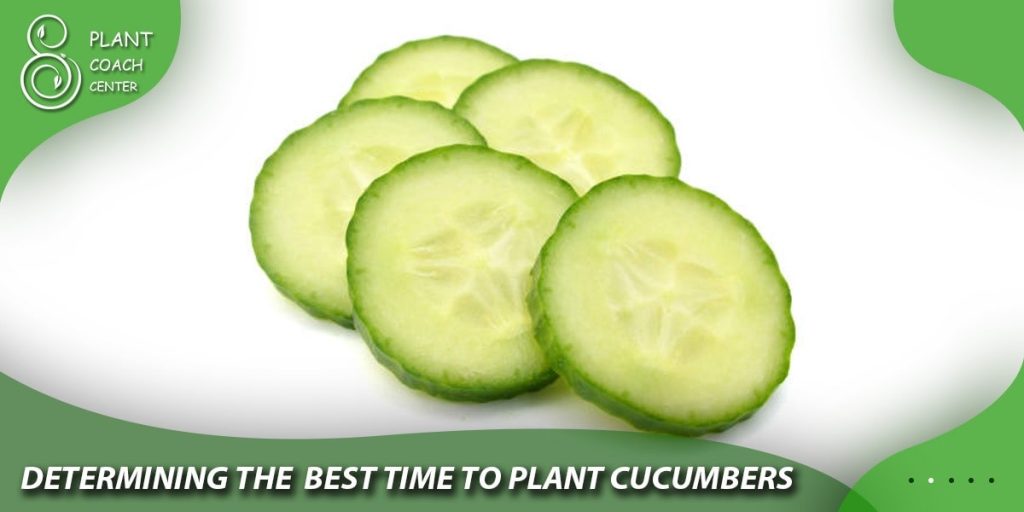
To determine the best time to plant cucumbers, consider the following factors:
– Understanding your local hardiness zone: Each region has specific hardiness zones that indicate the suitability of certain plants. Determine your hardiness zone to guide your planting decisions.
– Recommended planting dates: Based on your hardiness zone and local climate, establish the recommended planting dates for cucumbers. This information ensures that you plant at the right time for successful growth.
– Microclimates: Microclimates within your garden or growing area can influence cucumber planting time. Identify areas with varying temperatures and adjust your planting accordingly for optimal results.
Indoor Seed Starting for Cucumber Cultivation
Starting cucumber seeds indoors gives you a head start and increases your chances of success. Here’s a step-by-step guide to indoor seed starting for cucumbers:
- Gather your supplies: Get high-quality cucumber seeds, seed trays, a seed starting mix, and containers.
- Sow the seeds: Fill the seed trays with the starting mix and plant the cucumber seeds at the recommended depth. Moisten the soil and cover the trays to create a greenhouse-like environment.
- Provide optimal conditions: Place the trays in a warm area with good sunlight exposure or under grow lights. Maintain proper moisture levels and ensure adequate ventilation.
- Transplanting seedlings: When the seedlings have developed a few true leaves, transplant them into larger containers or directly into the garden, following proper spacing guidelines.
Remember to harden off seedlings by gradually exposing them to outdoor conditions before transplanting to the garden.
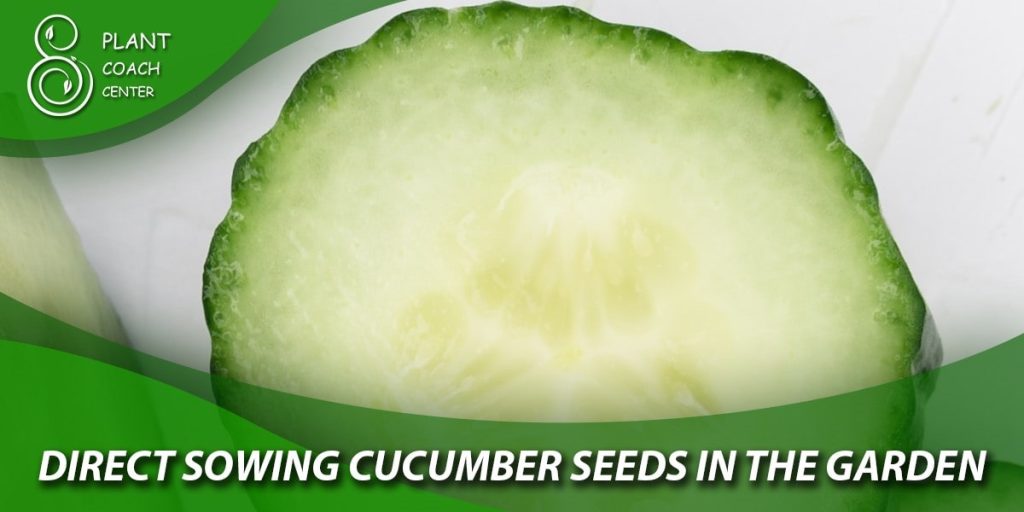
Direct Sowing Cucumber Seeds in the Garden
Direct sowing cucumber seeds in the garden is another viable option. Follow these steps for successful direct sowing:
- Preparing the garden beds: Choose a sunny location with well-draining soil. Remove any weeds and amend the soil with organic matter to enhance fertility.
- Seed spacing and planting depth: Sow cucumber seeds according to the recommended spacing, usually 2-3 seeds per planting hole or hill. Plant the seeds at the appropriate depth and cover them with soil.
- Caring for young cucumber seedlings: Water the seedlings gently but deeply to promote root development. Mulch around the plants to conserve moisture and suppress weeds. Regularly monitor soil moisture and adjust watering accordingly.
Common Cucumber Plant Problems and Troubleshooting
Cucumber plants can face various challenges throughout their growth. Here are common problems and their solutions:
– Pests affecting cucumber plants: Cucumber beetles, aphids, and spider mites are common pests that can damage cucumber plants. Use organic insecticides, physical barriers,companion planting, or beneficial insects like ladybugs to control these pests.
– Cucumber diseases: Cucumbers are susceptible to diseases such as powdery mildew, bacterial wilt, and cucumber mosaic virus. Practice proper sanitation, crop rotation, and use disease-resistant varieties to minimize the risk. Fungicides or organic treatments may be necessary in severe cases.
– Nutritional deficiencies: Yellowing leaves, stunted growth, and poor fruit development can indicate nutrient deficiencies in cucumber plants. Test your soil, amend it with appropriate fertilizers, and ensure a balanced nutrient supply to promote healthy growth.
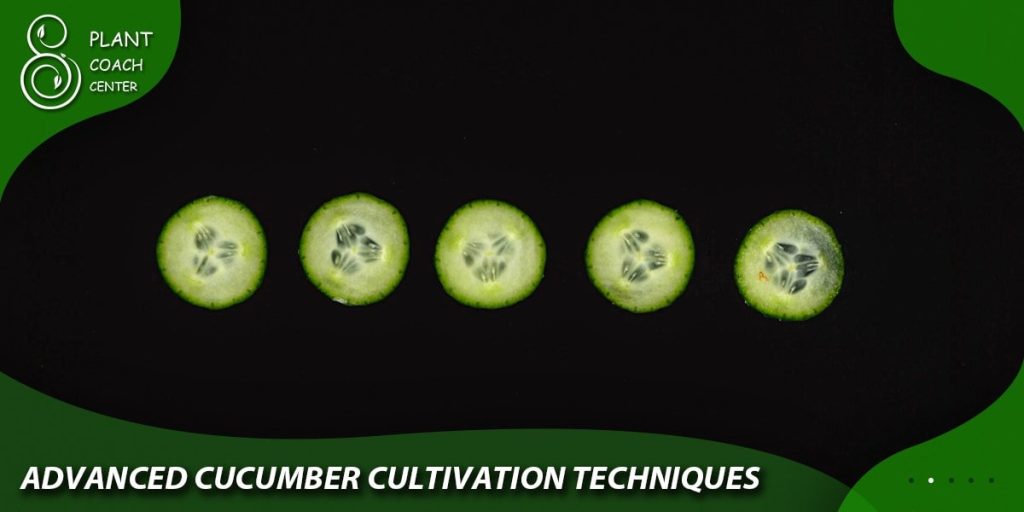
Advanced Cucumber Cultivation Techniques
Take your cucumber cultivation to the next level with these advanced techniques:
– Succession planting: Extend your cucumber harvest season by staggering plantings at regular intervals. This ensures a continuous supply of fresh cucumbers throughout the growing season.
– Trellising and vertical gardening: Grow cucumbers vertically to save space, improve airflow, and minimize disease susceptibility. Use trellises, cages, or stakes to support the vines and guide them upward.
– Enhancing pollination: Adequate pollination is crucial for cucumbers to set fruit. Consider hand pollination techniques or attract pollinators like bees and butterflies to your garden through companion planting and providing pollinator-friendly habitats.
Harvesting and Post-Harvest Care of Cucumbers
Knowing when and how to harvest cucumbers ensures you enjoy the best flavor and quality. Follow these guidelines:
– Signs of ripe cucumbers: Look for firm, well-colored cucumbers with a glossy skin. Avoid overripe cucumbers that may be yellow and have a soft texture.
– Harvesting techniques: Use sharp pruners or scissors to cut the cucumber from the vine, leaving a small stem attached. Be careful not to damage the plant.
– Post-harvest care: Store harvested cucumbers in a cool, dry place or in the refrigerator. Avoid washing them until just before use to prolong their shelf life.
– Creative utilization and preservation: Besides enjoying fresh cucumbers in salads and sandwiches, explore pickling, juicing, and adding cucumbers to various recipes. Preserve cucumbers by canning, freezing, or making relishes and chutneys.
Conclusion
In conclusion, successful cucumber cultivation relies on proper planting timing, plant coaching, and troubleshooting common issues. By understanding the needs of cucumber plants, utilizing advanced techniques, and addressing problems promptly, you can enjoy a bountiful cucumber harvest. Remember to visit PlantCoachCenter.com for further resources and support on plant coaching and gardening. Happy growing!
When should I plant cucumbers?
Spring to early summer.
Can I plant cucumbers in the winter?
No.
What is the best time of day to plant cucumbers?
Morning or evening.


